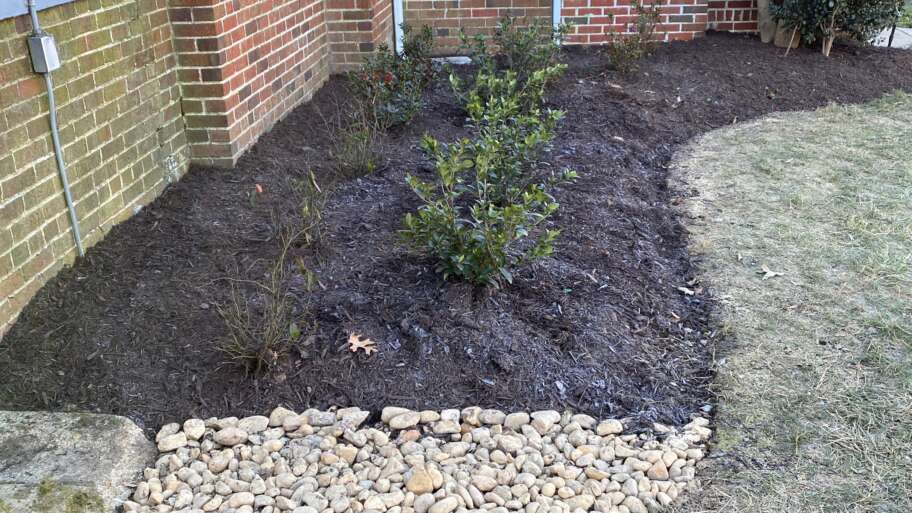Autumn Is a Second Spring
BCLS Landscape Services
As our landscapes begin, the summer wind down, and as the days grow colder and the nights get longer, autumn and fall are some of the best times of the year to plant new things and work in the garden.
The reason is falls weather, which, up until the ground freezes, is kind to human beings and newly planted trees, shrubs, and perennial plants.
In autumn, there are many more good days to be outside than there are in spring. Serious gardeners love November; they’re happy working up a sweat inside their hoodies and gloves when everyone else is starting to huddle indoors. The season fits the typical gardener’s temperament—moody, melancholy, prepared for doom, and happily surprised when something does well.
At first thought, spring, with its explosion of buds and shoots and sprouts, seems like the best time to put new plants in the ground. But spring in much of North America has quite a small window for planting—between the last frost and the onset of hot weather. Some of the days in that window will be rainy, making the soil muddy and hard to work with a lot of the time. In addition, the soil takes a while to warm up from a winter’s worth of cold; a new plant’s roots grow slowly in chilled earth.
 In the autumn and fall, the soil still holds summer’s warmth, which encourages root growth up until the ground freezes. As a result, fall planting gets perennials, shrubs, and trees off to a faster start the following spring. In mild-winter parts of the country, fall is even more emphatically the superior season for planting because roots can keep growing all winter.
In the autumn and fall, the soil still holds summer’s warmth, which encourages root growth up until the ground freezes. As a result, fall planting gets perennials, shrubs, and trees off to a faster start the following spring. In mild-winter parts of the country, fall is even more emphatically the superior season for planting because roots can keep growing all winter.
Plants shift their objectives when the sun wanes, and the temperatures go down. They stop the spring and summer work of making leaves, shoots, flowers, berries, and fruit. Instead, all their energy goes into establishing roots.
Trees, shrubs, and perennials put into the ground in fall don’t have to deal with heat and drought early in their young lives.
Fall transplanting also usually means using less water. It’s cooler, and the plants are less thirsty while they’re going dormant. But those recently planted shrubs, perennials, and trees do need a deep, thorough soaking at planting time, and when there’s no snow cover, water every four weeks or so through the winter.
If you’re looking for a new landscape, a landscape renovation, or simply some fall color, give the landscape experts at BCLS Landscape Services a call at (804)752-0052 or visit our website at www.BCLSLandscape.com.
BCLS Landscape Services of Central Virginia
12134 Washington Hwy, Ashland, VA 23005 – Phone (804) 752-0052



